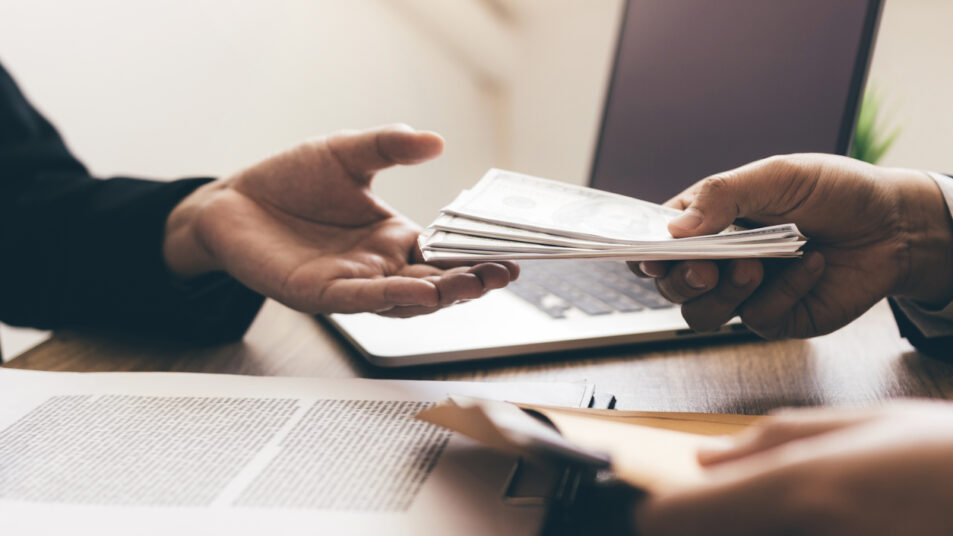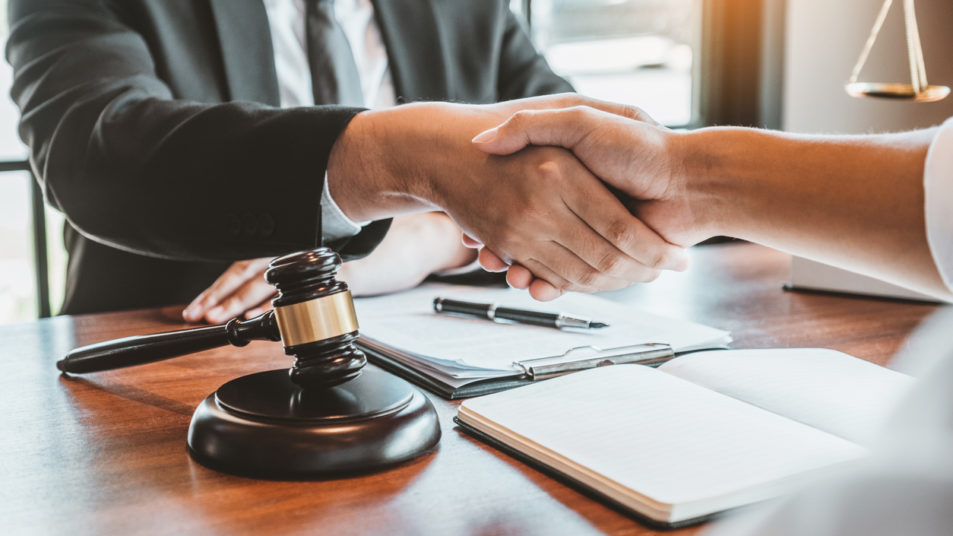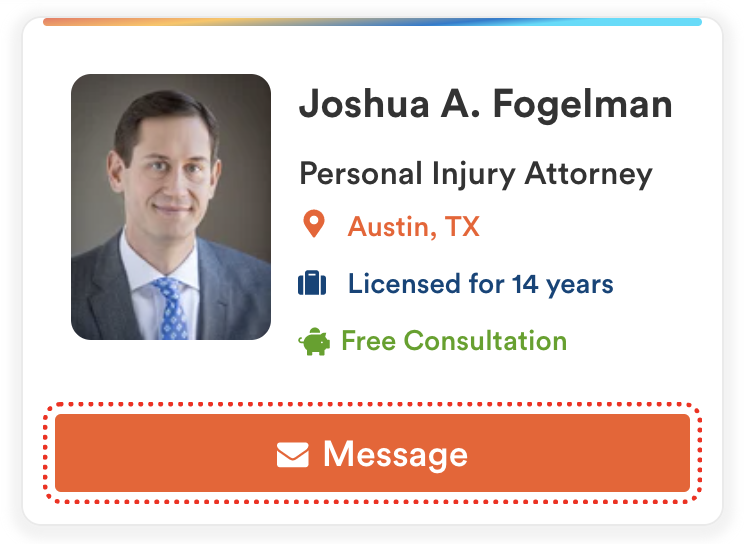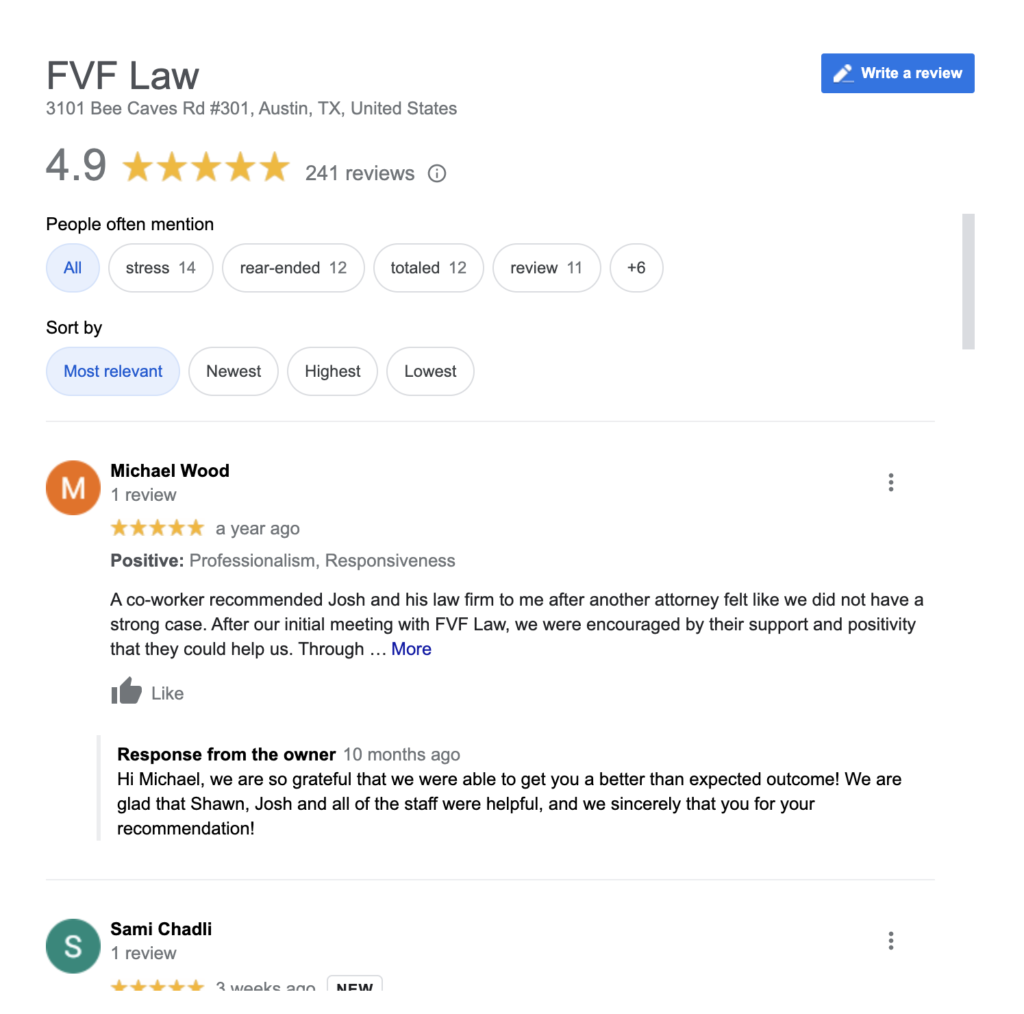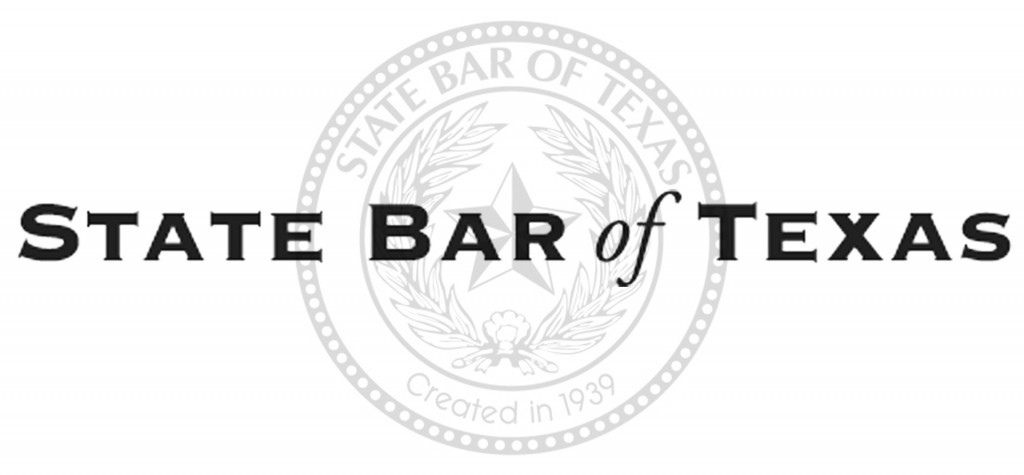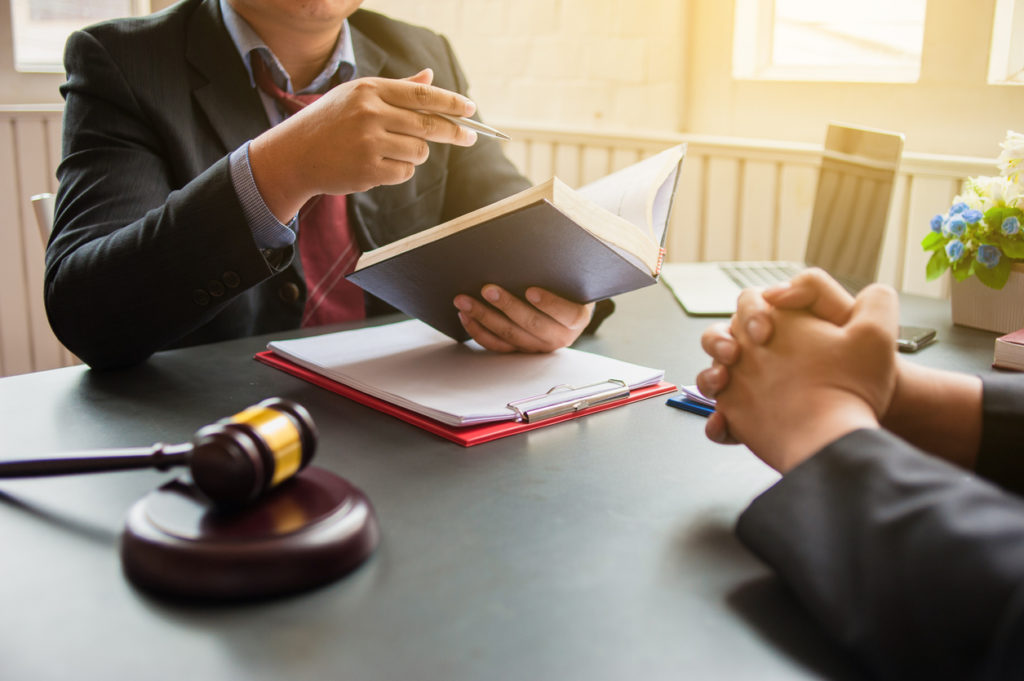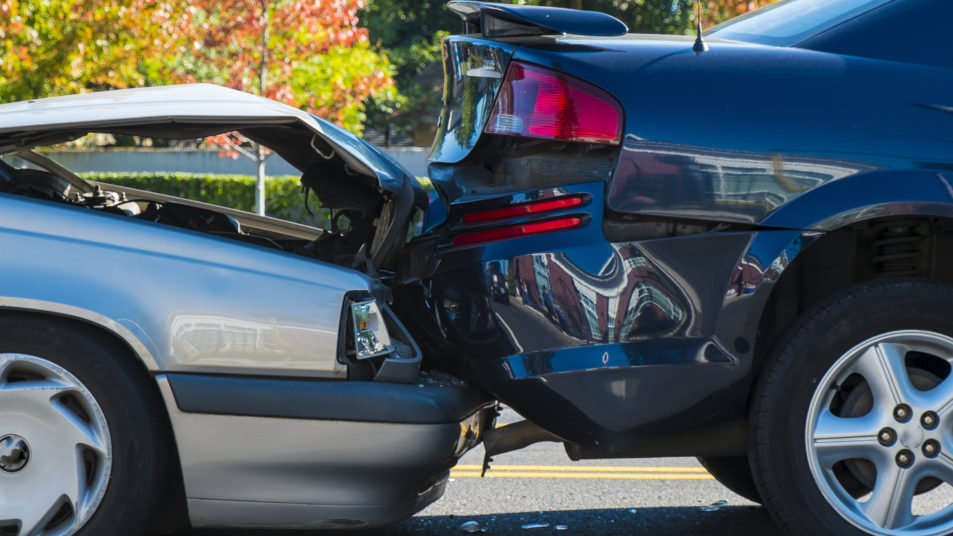How To Make Sure You Get Compensated After Suffering a Personal Injury
Sustaining an injury in a slip and fall accident, automobile accident, or another personal injury case can be overwhelming. In addition to the pain and suffering you experience, you could incur substantial bills, expenses, and financial losses.
The situation is incredibly frustrating when your injury was caused by another person’s negligence or intentional acts. You would not be in this position had it not been for another party’s reckless acts.
The good news is that personal injury laws give you the legal right to file a claim for damages. The party responsible for causing your injury can be legally liable for your economic damages, including lost wages and out-of-pocket expenses. You can also seek compensation for your emotional distress, pain, and suffering.
As the injured victim, you must prove your case, which can be challenging. However, here are some ways you can ensure you get compensated for personal injury claims.
Gather Evidence from the Accident Scene
Proving fault for an accident begins with the evidence you collect at the accident scene. Tips include:
- Take photographs of the accident scene, including what caused your injury and property damage
- Make a video of the accident scene in case you overlooked something when taking photos
- Gather information from the witnesses so your lawyer can contact them for formal statements
- Ask for a copy of the completed accident report
Don’t say anything that could imply you accept blame for causing the accident or think you could be partly to blame. Avoid talking about the details of the accident to anyone other than the police officer.
Seek Immediate Medical Treatment for Injuries
It is generally a good idea to receive medical attention, regardless of whether you’ve sustained an obvious injury. Some injuries do not present themselves at the scene of the accident.
Therefore, don’t refuse treatment at the accident scene. Instead, go to the hospital or a physician as soon as possible.
Delays in medical attention could hurt your case and keep you from receiving compensation for injuries. If you wait too long to see a doctor, the insurance company might fight your claim. The insurance adjuster might say the accident did not cause your injuries or you failed to mitigate damages.
On the other hand, seeking prompt medical care can strengthen your personal injury case. You must prove the accident caused your injuries. Detailed medical records become key evidence in a personal injury case.
Don’t Discuss Your Injuries or Accident Case
Only discuss your case with your personal injury lawyer. Talking with an attorney before you speak with the insurance company is best. Also, avoid social media, blogs, and other online posting sites.
Posting information online could hurt your case. Insurance companies perform thorough searches for evidence online. An innocent post saying you are okay could be twisted to argue you were not injured.
Hire an Experienced Personal Injury Lawyer
Having a trusted legal team handle your case could be one of the most important choices you make to help you get compensation after a personal injury. Handling your claim without legal advice and guidance often results in a much lower settlement amount.
The insurance company has a team protecting it from liability. It is virtually impossible to fight those resources on your own. Instead, you can hire a personal injury law firm to even the playing field. Your attorney has the resources, skills, and experience to go up against insurance companies and win.
However, don’t just hire a lawyer. Instead, hire an attorney with considerable experience handling cases like yours. For example, if a car wreck caused your injury, hire a car accident attorney. But if you were injured in a slip and fall, hire lawyer with experience in premises liability law.
Complete Medical Treatment and Be Patient
A personal injury case can take time to settle, so you need to be patient to get fair compensation for a personal injury or accident.
First, you don’t want to settle your claim before you complete medical treatment. Otherwise, you are responsible for future medical bills and losses. You also need to know if you sustained a permanent impairment that could substantially increase your claim’s value.
Second, your lawyer needs time to investigate your claim and gather evidence. The more evidence you present, the better your chance of receiving maximum compensation for a personal injury.
Being patient could result in much more money in your pocket at the end of your case.
Listen to Your Personal Injury Attorney and Follow Their Advice
An insurance company might make a quick settlement offer. Don’t fall for it. Initial settlement offers are usually much lower than what your case is worth.
The insurance company knows you want to settle your case quickly. Therefore, it makes an offer and hopes you take it so the company can avoid paying a more considerable amount.
Your lawyer understands how much your case is worth. So listen to your attorney’s advice about accepting a settlement offer.
The choice is yours, but you hired your attorney for their expertise. If your attorney says the settlement offer is too low, don’t take the offer.
It can be difficult waiting for a personal injury settlement. However, when you hire the right attorney and are patient, you have a much better chance of receiving the money you deserve.
